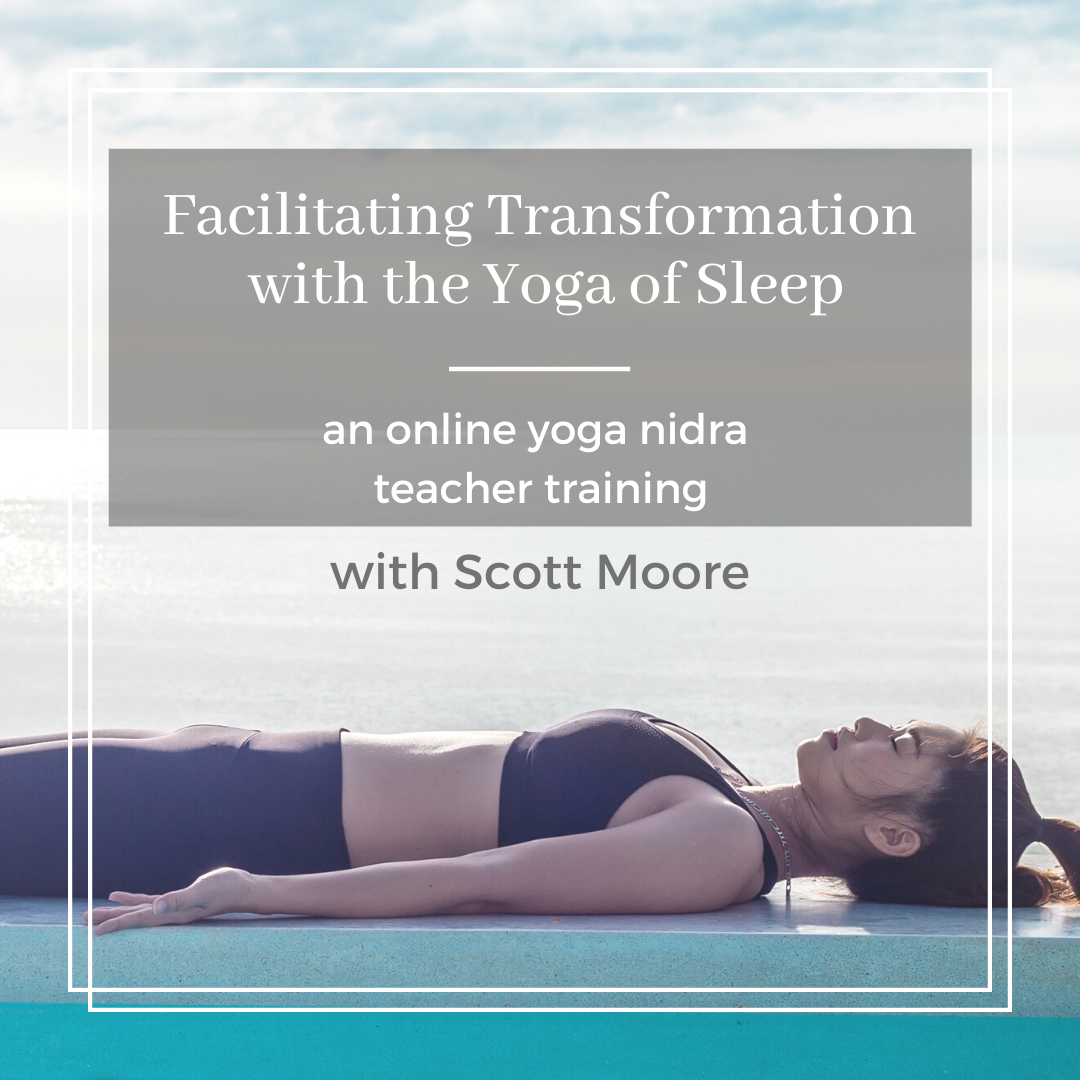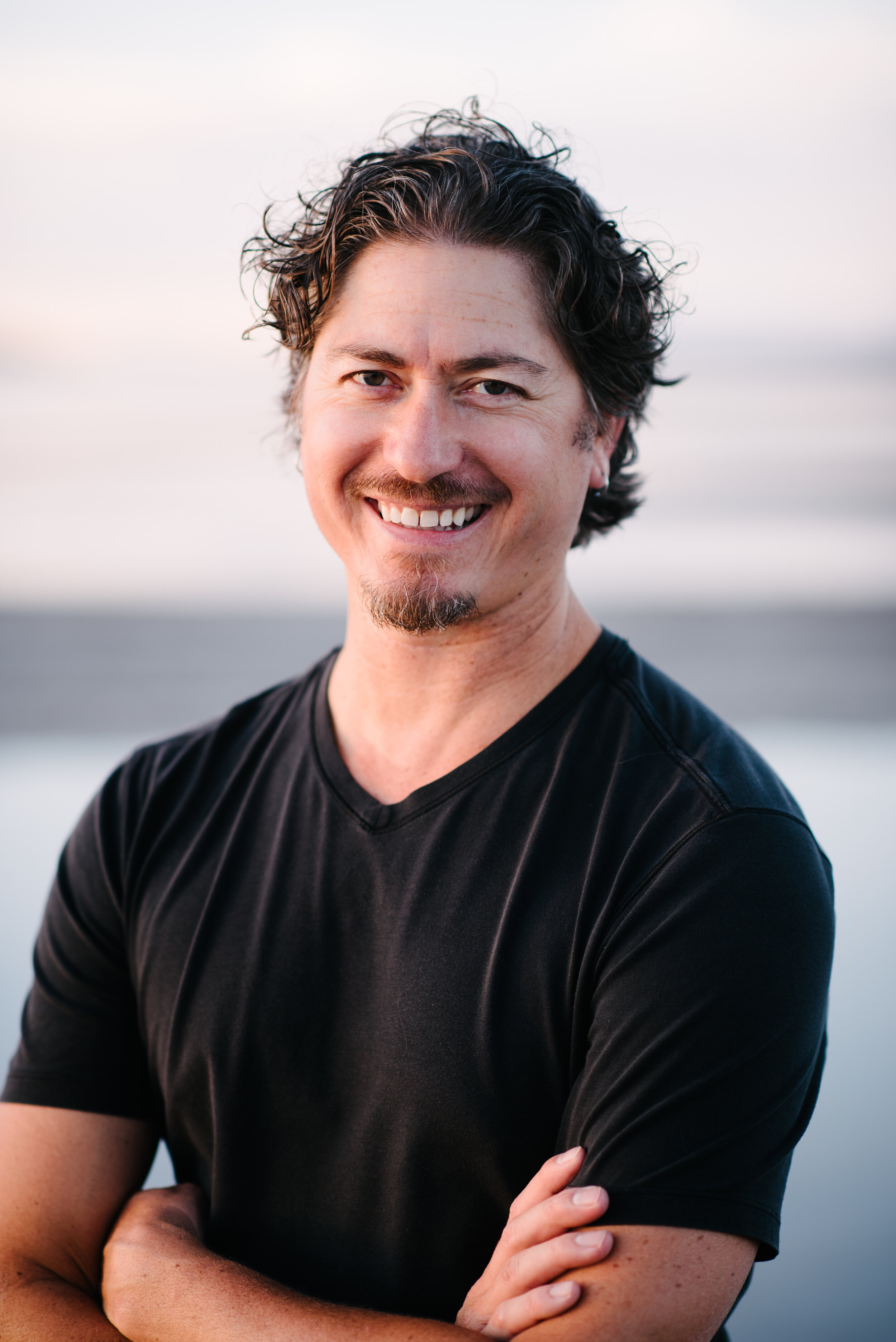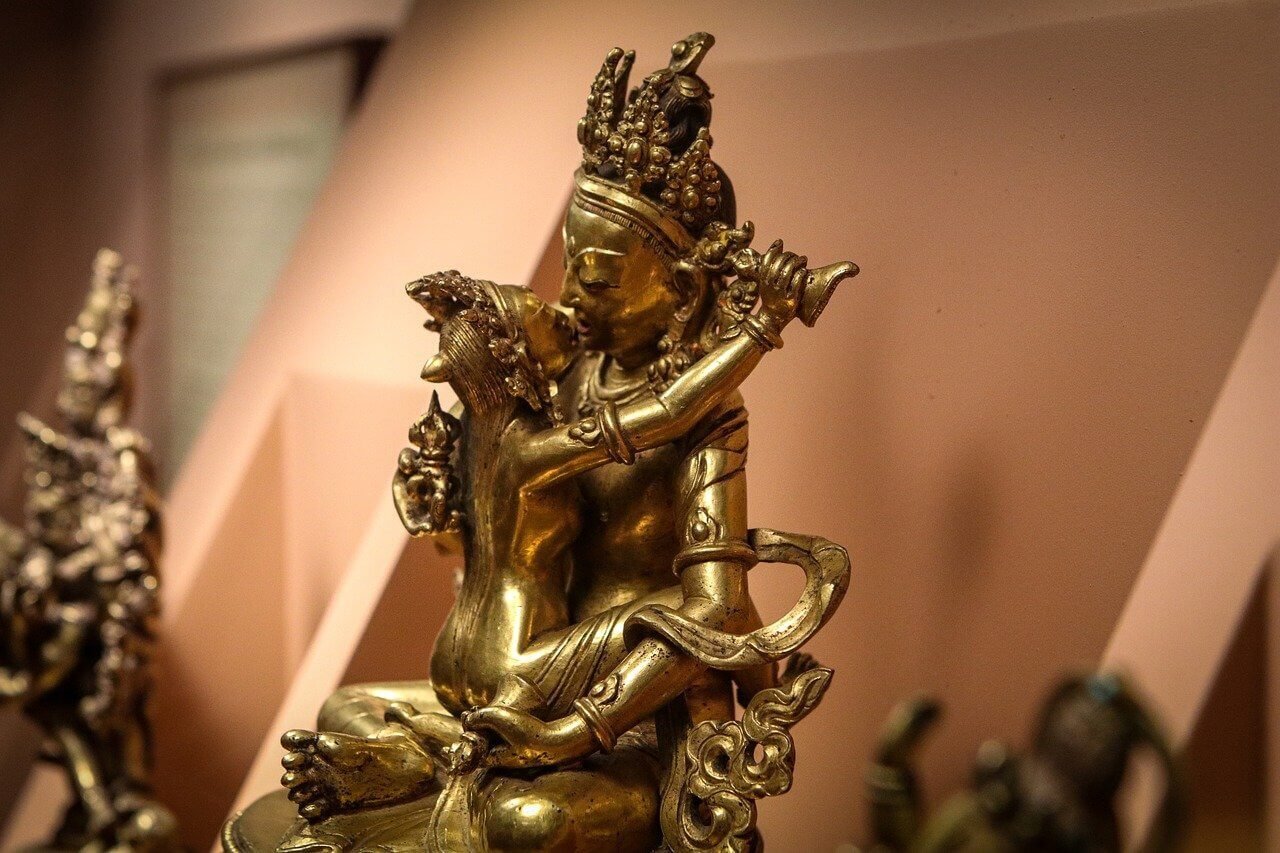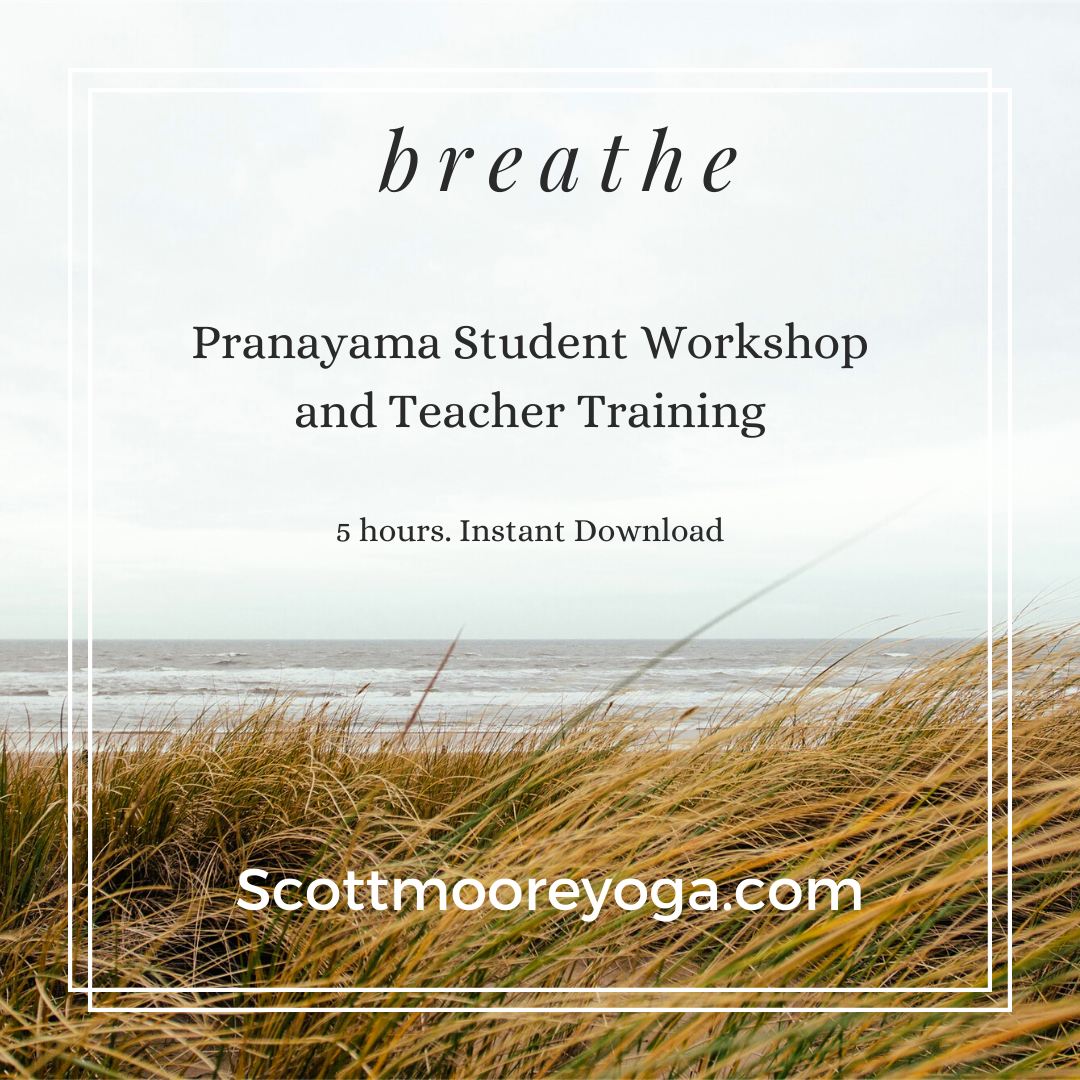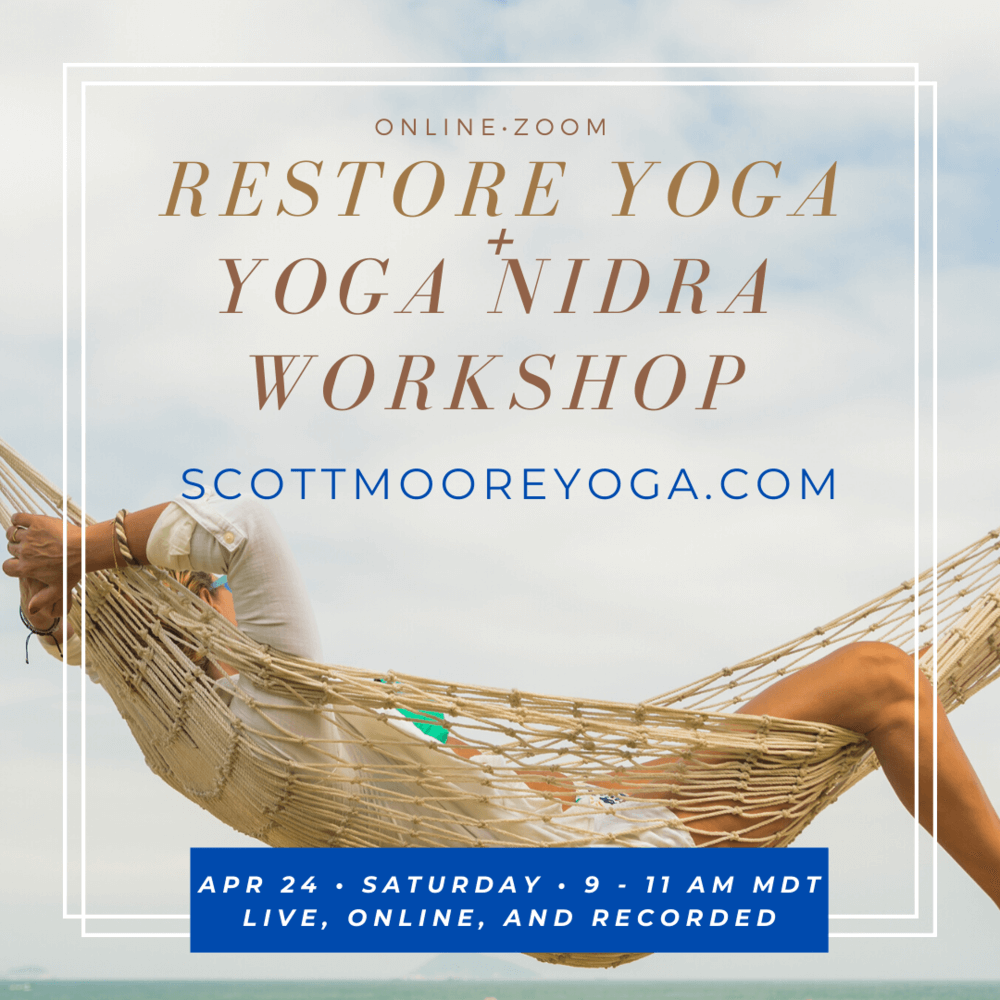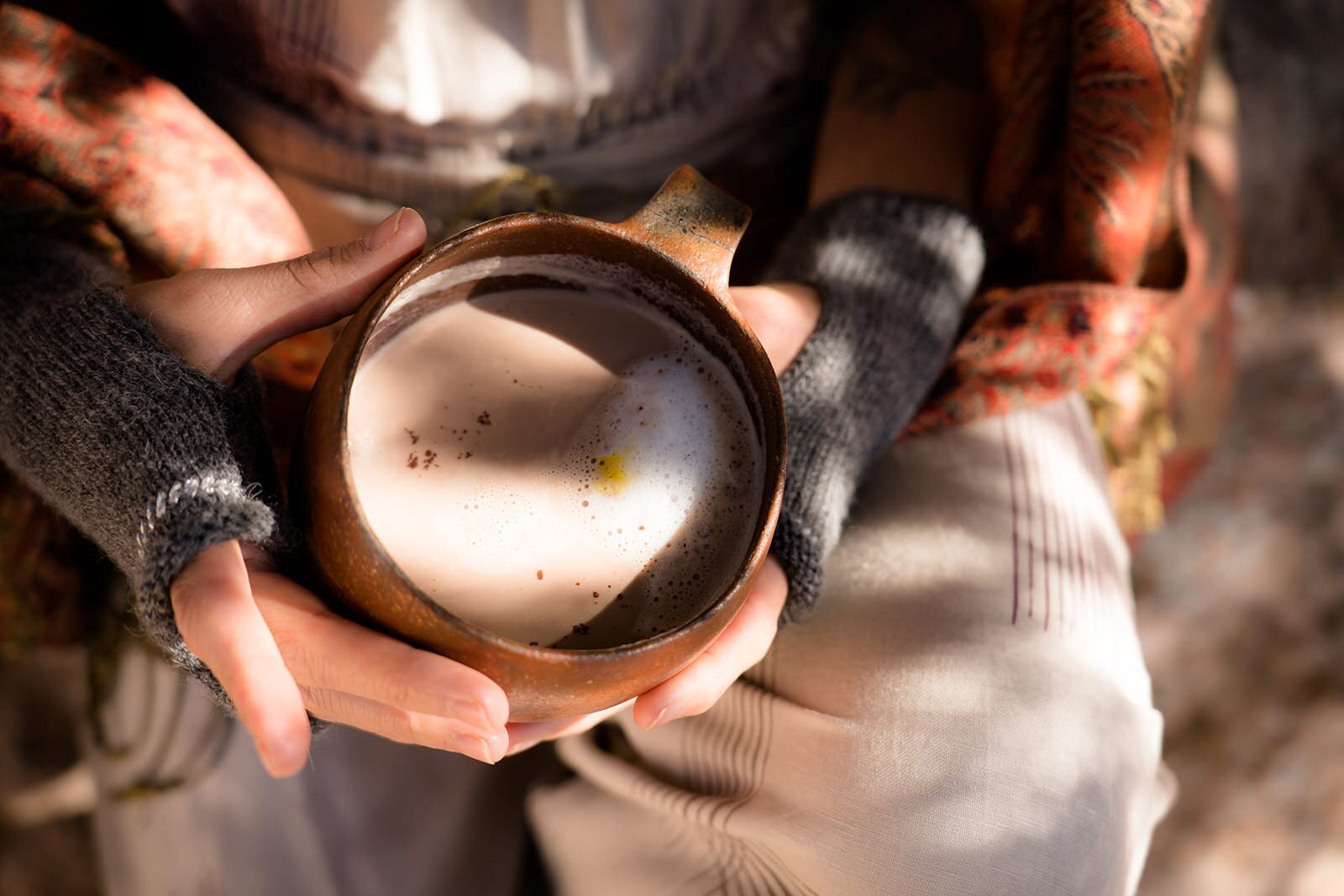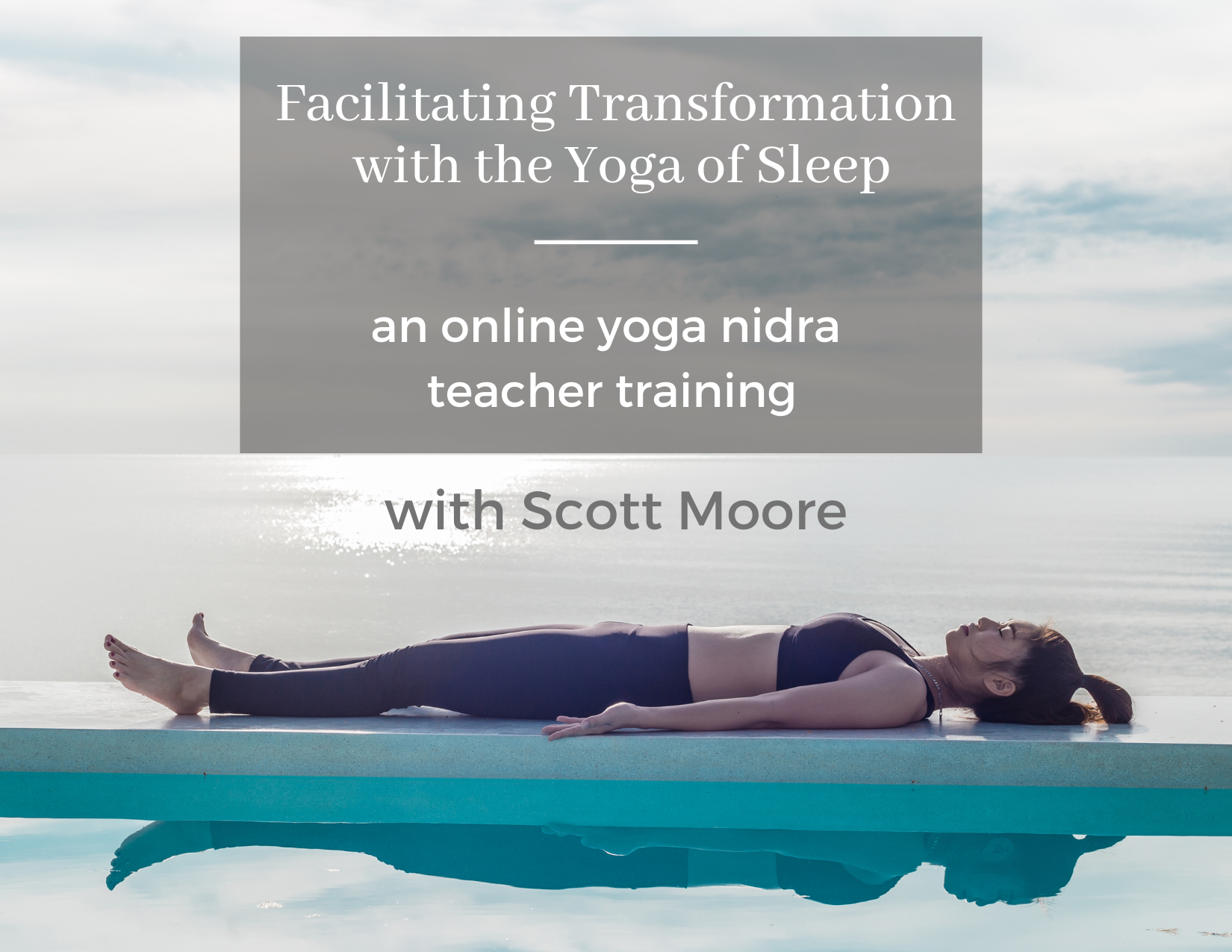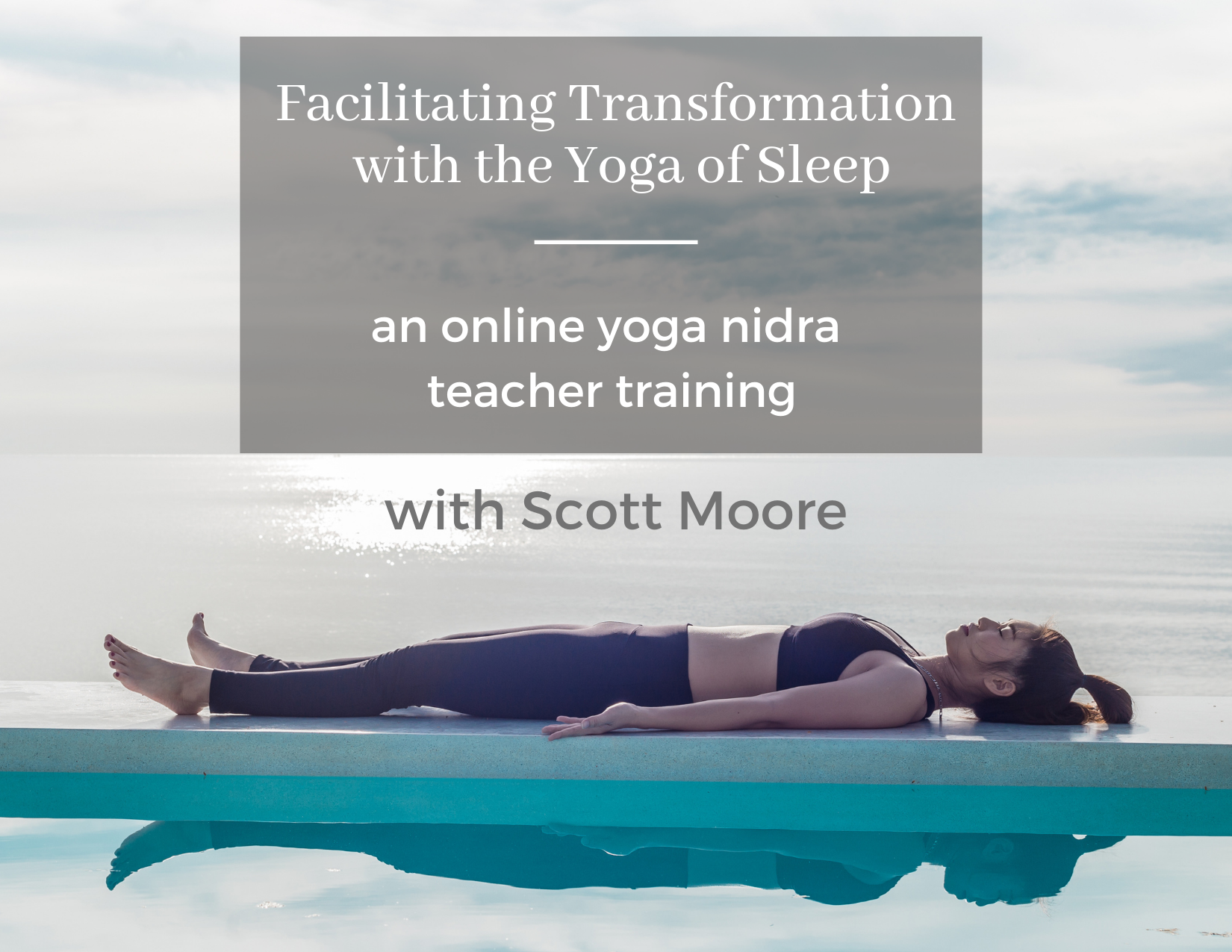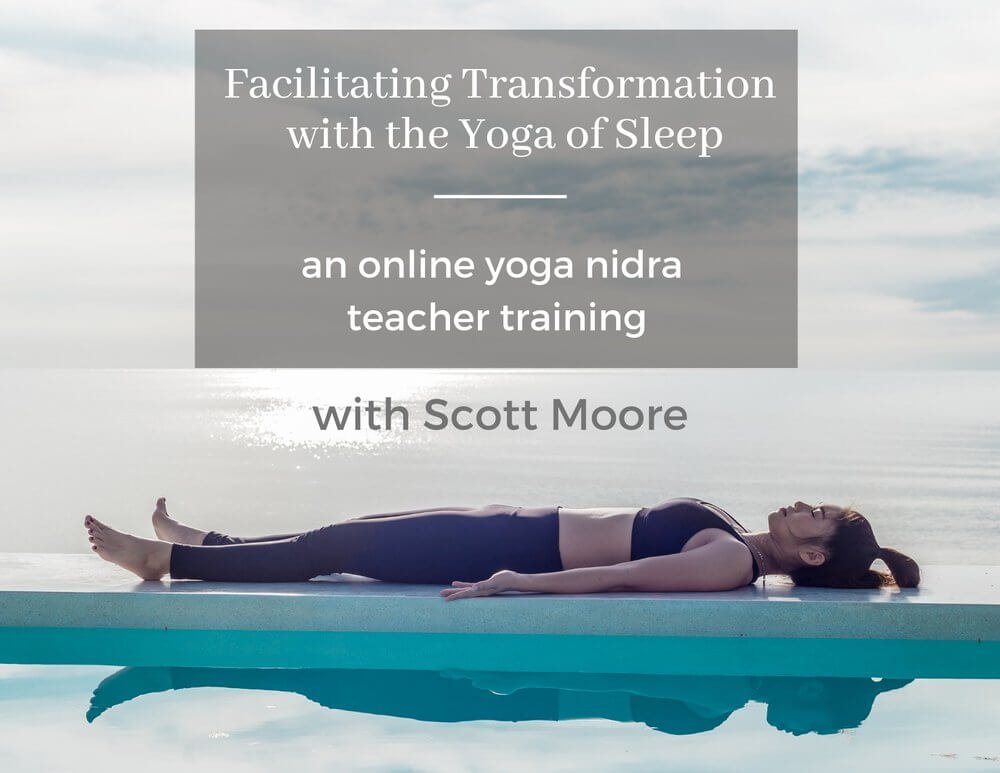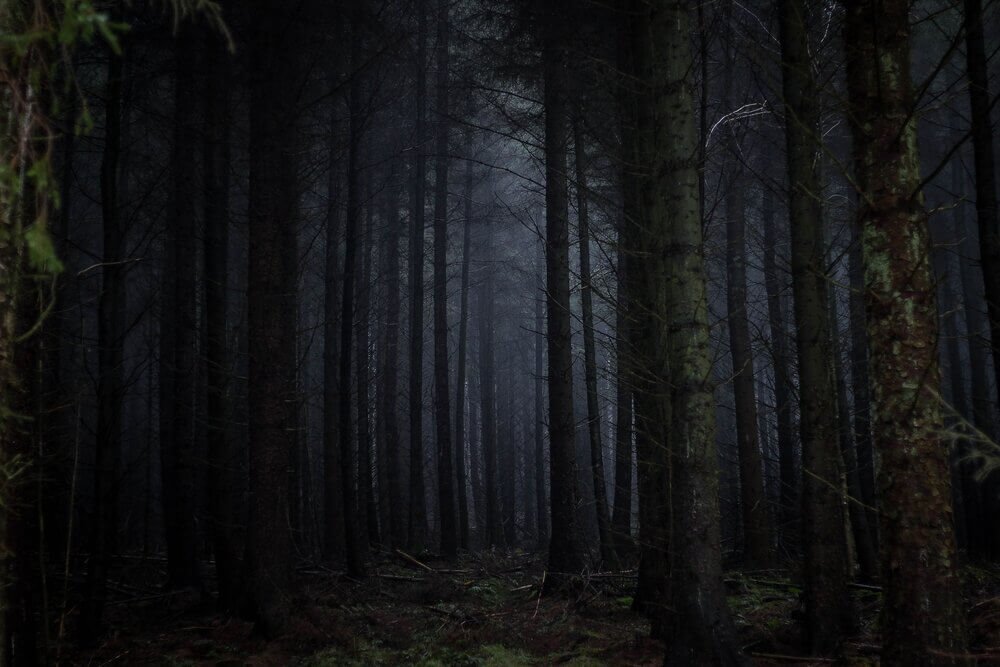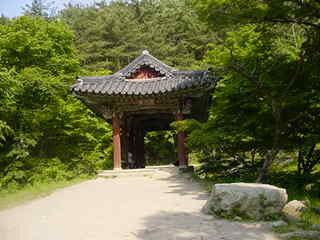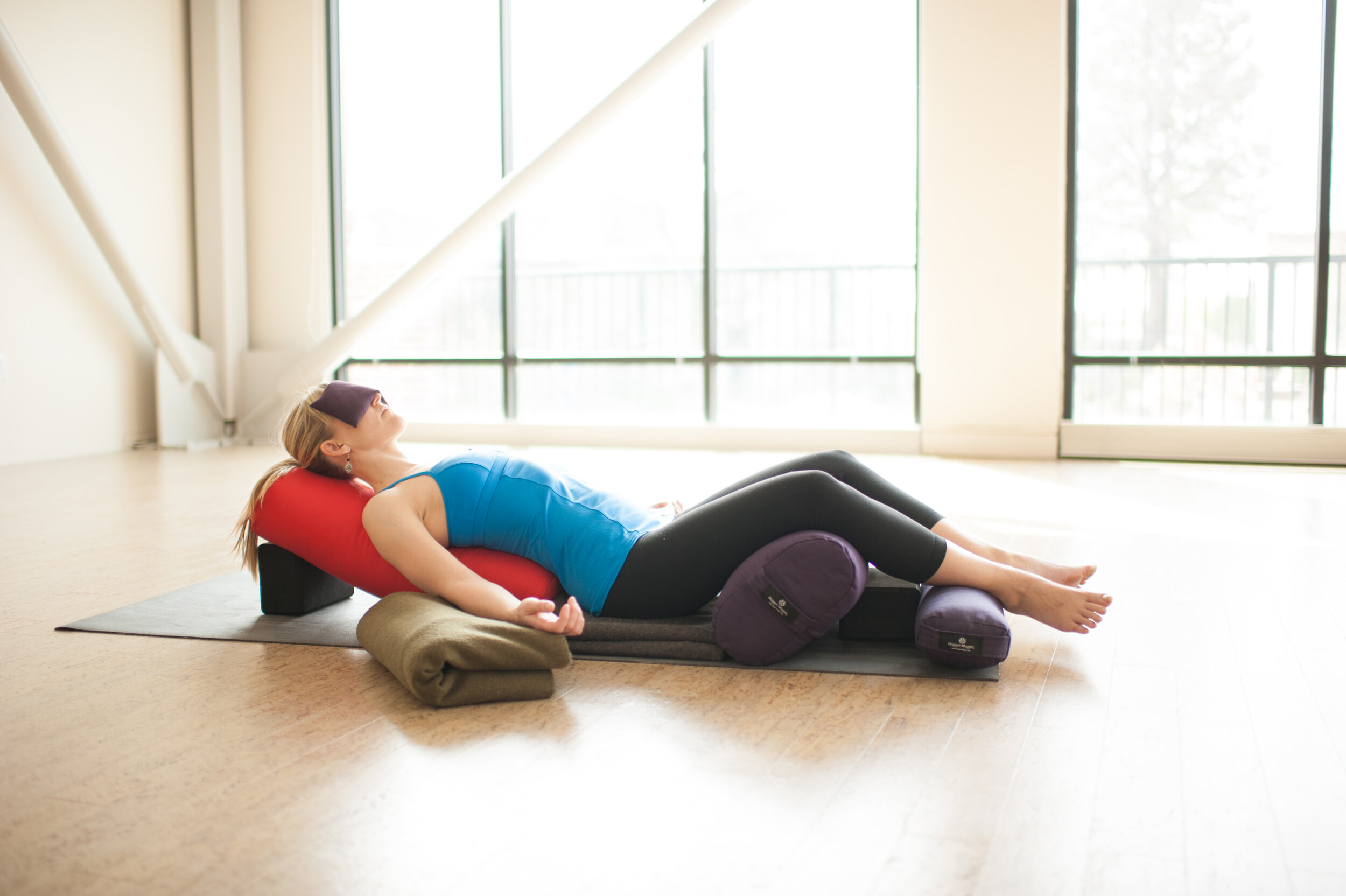In 2005–2006 my wife at the time, Celeste, and I were taking our second yoga teacher training at Soma Yoga in Salt Lake City, Utah. Also taking this yoga training was an incredible musician, Leraine Horstmanshoff, a woman who would become a great friend and frequent musical collaborator during the following many years. Though Leraine and I have been in and out of touch for the past 16 years, it’s always a happy reunion when we reconnect. Looking back over the years that I’ve known Leraine, it’s remarkable how much of our history has harmonized together, especially when life gets real.
Life got very real one cold January day in 2006. On this ominously, gray, and snowy day, we were attending our yoga teacher training and during the break, many of us in the training left the venue and battled slippery and slushy roads to trek across town to attend a memorial for a fellow yoga teacher in the community who had been killed in an automobile accident. I went early to the memorial and Celeste was planning on meeting me there.
At the time, Celeste was suffering terribly with Chronic Fatigue Syndrome which often caused her debilitating fatigue as well as severe brain fog, compromising her mental ability to make good, quick decisions. As Celeste was navigating the snowy roads on that fateful day, she failed to see oncoming traffic and pulled into an intersection positioning herself to be severely t-boned by an oncoming SUV. The SUV barely had the time to brake and the impact of the crash struck her squarely on the drivers-side door braking several ribs, her sacrum, her pelvis, collapsing a lung, and giving her a severe concussion, momentarily rendering her unconscious.
While unconscious, Celeste had something like a near-death experience where she traveled to another world as she danced in the dappled grasses of an idyllic Irish landscape overlooking the ocean and listening to a melodious Irish flute on the wind. In her vision, she turned back to see me reaching my out out to her which presented the choice to either remain in this painless paradise or take my hand and return back to the world of travails. After a moment of decision, she chose to take my hand and doing so, instantly came to and found herself back in this world amidst the chaos of broken glass, sirens, and the indescribable pain of her accident. As she told the story later, she described the excruciating pain she was experiencing juxtaposed with the exquisite presence of soft snowflakes drifting through the broken window and landing gently on her skin like kisses from angels.
Already at the memorial and wondering why Celeste was taking so long to arrive, I watched as a nearby friend received a call on her cell phone (Celeste and I shared a phone then). My friend's face darkened as she received some dire information after which she hung, looked at me squarely, and said, “Celeste has been in a serious accident. We need to go to the hospital immediately.”
Celeste was in the hospital for 5 days after which she was relegated to bedrest for almost 2 months as her bones slowly knitted back together and during which she had to learn to walk again. The accident, a devastating event on its own right, one which only added insult to injury to her already debilitated state because of her Chronic Fatigue Syndrome, additionally caused us both a great deal of stress and struggle: We were poor, uninsured, 20-somethings and this accident had demolished our car and instantaneously put us 10s of thousands of dollars into medical debt. We needed help.
Understanding our dire need, Leraine decided to use her musical talents to help us out. She hosted a fundraiser kirtan at the yoga studio to help raise money for us and in some way put some measure of harmony back into our lives. In case you’ve never experienced a kirtan, it's a call-and-response musical experience, like a concert, that engages the participation of the audience to sing Sanskrit chants to music and often interspersing them with English verses. For me, singing in Kirtan is one of the most spiritual experiences I have ever had and Leraine is a master at leading them.
Celeste was too incapacitated to go but I went and graciously accepted the generosity of this offering. The kirtan was held in the comfortable heart of the yoga studio we had become so accustomed to during our yoga teacher training. All of our fellow teachers in training were there as were dozens of others from the community, all in support of helping us out in some way. I was existentially magnified with gratitude for everyone who came together to chant, sing, and cry together in the spirit of this generous offering. By hosting this event, Leraine helped to raise several thousand dollars to help us out and ease our struggles a bit.
At the end of the kirtan, I stood up in front of the warm assembly and offered my sincere and humble gratitude to everyone. "This incredible generosity you've all shown us is not something you pay back. It's something you pay forward."
Well, more than 16 years later, now is my chance to pay it forward and in the perfect circle of harmony, it turns out that this time I get to help Leraine.
Recently I was talking to a friend who informed me that life suddenly got very real for Leraine who is in the throes of her own healing journey as the result of pancreatic cancer. The news hit me like a sucker punch to the gut and immediately I felt something drain out of me. I immediately called Leraine to see how she was doing and what I could do to help. On the phone, Leraine sounded surprisingly alive, happy, and joyful. “You know, Scott, this healing journey is the most spiritual experience I’ve ever had. It’s crazy because going through this process has left me feeling more alive than I’ve ever felt in my life!” She relayed with complete exuberance how this healing journey has given her a genuine joy for life, a profound appreciation for her body, and a beautiful connection with doctors and care-givers, family and friends. I told her that I wanted to do whatever I could in order to help out and I asked her if this time I could help organize a kirtan for her and asked if this time I could participate by leading a Yoga Nidra practice that would help us all connect to that eternal part of us that is always whole as we create a felt sense of Oneness. She happily agreed and said that she’d even be able to perform.
Truly, Leraine was meant to give music to this world and even at her own healing fundraiser, she will grace us with her music and share her spirit, light, and harmony. I'll add to the spirit by offering a Yoga Nidra practice designed to help us all connect to that part of us that is eternally whole so we can all experience a portion of the Oneness that binds is together in perfect harmony.
My friend Meg graciously volunteered her beautiful outdoor space to host this event. 100% of the funds raised will go directly to Leraine to support her in her healing journey. Please join me in this evening of connection, joy, and celebration as we come together to support one of the world's brightest stars.
May we all celebrate what truly matters most in this world by loving each other and making every day magical by simply practicing presence.
Namaste,







